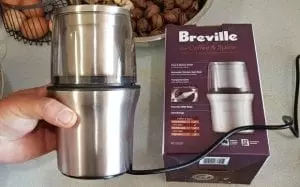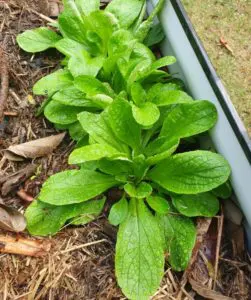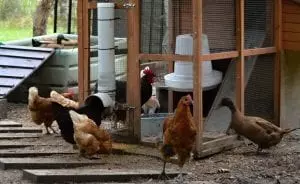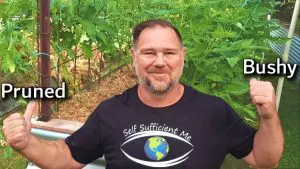I love tomatoes – I really do. This fruit who many confuse as a vegetable (but who cares) is one of the most versatile foods on the planet. Where would we be without tomato ketchup, bolognese sauce, tomato pizza base with sun-dried tomatoes mozzarella cheese and a few basil leaves, tomato and lettuce salad, tomato relish, tomato soup, a Bloody Mary… do I need to keep going? I'm sure you're thinking right now of a few other recipes because it's hard NOT to think about this deliciously, savoury fruit and its endless uses.
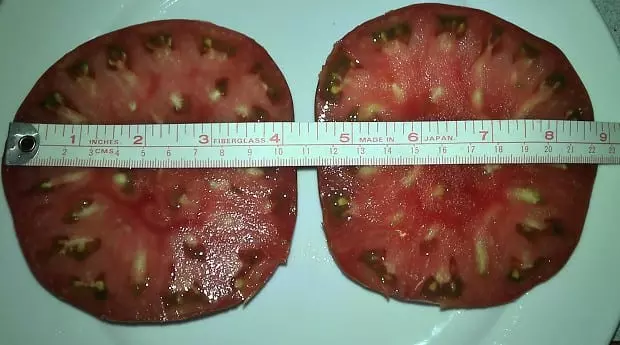
But, is it good for you? Oh yeah, you bet your little cotton socks it's good. Tomatoes are full of antioxidants (substances in food that subdue the growth of abnormal molecules), which help keep us healthy. Forget about that latest, rare, Himalayan berry found growing only on certain peaks supposedly 99% full of antioxidants; get a tomato and bite right in as they're just as beneficial, cheaper and easier to get. Antioxidants aren’t the only health benefits either, they are full of vitamins, particularly vitamin C, and also contain lycopene – the red pigment and chemical (the name is derived from the plants botanical Latin name) giving most tomatoes the red colour. Scientists believe lycopene may reduce the risk of cancers, in particular, prostrate cancer and scientists have also found evidence eating tomatoes may actually help resist some harmful effects of the sun on the human body. Whether you believe the scientific research or not growing a tomato plant or two can't hurt!
Growing Tomatoes
Tomatoes are easy to grow, although, some varieties are easier to grow than others and whilst a tomato plant will grow easy enough, there is a big difference between a tomato plant that is getting by and one that's thriving. Also, it can depend on what climate you live in and what methods you use, material you have, and variety you grow. Generally, the larger tomato varieties like: ox-heart, beef steak, and grosse lisse, are more susceptible to disease and pests compared to the smaller cherry type tomato varieties like: tommy toe, riesentraube, and currant.
Tomato plants don't particularly like high humidity and too much or intermittent rainfall can shorten the life of the plant through fungal disease and damage the fruit through splitting and rot. So, it is important to choose the right variety especially if you live in a tropical or sub-tropical area, and, in those humid places better results are had with the cherry varieties. Although, having a go at growing the larger varieties through the dry or winter seasons in the tropics/sub-tropics can be very rewarding indeed. Those in the cooler regions don't get a free kick either because you won't be able to grow a tomato plant through winter at all, unless you have a hot house, on account low temps and frosts will kill it.
As far as pests go, the smaller tomatoes tend to do better also in all areas. Smaller tomato varieties are unlikely to be attacked by fruit fly, for instance, and tomato caterpillar (or grub) damage is usually limited. However, don't let disease and pests deter you from growing tomatoes full stop because there are many ways to win against these foes and I'll write more about strategies to help limit disease and pest troubles in tomatoes in later blogs. In fact, I'll be writing lots more about tomatoes in the future because there is heaps to write about and I love them so much.
The "Tennis" Tomato….
Nevertheless, like I stated tomatoes are easy to grow and I have grown and seen tomatoes growing in quite peculiar places, which go against the grain of standard teachings. At my local tennis club we have several tomato plants growing court-side against the wire mesh fence. Whilst that's not remarkable, how these plants are growing and flourishing is.
Firstly, these plants were not intentionally planted and the best theory to how the seed got there is a spectator (or player) discarded some of their sandwich containing tomato and the seed germinated (we call it: the sanga theory). Secondly, the growing medium…well there hardly is one because the courts are surrounded by a thin concrete drain about 10 inches wide and 2 inches deep, which has barely any soil. Therefore, the tomato plants exposed roots end up searching down the nearest crack in the cement drain to find what nourishment in can. On top of that, the plant only gets watered when it rains, has no additional fertiliser, and has to put-up with the odd tennis ball lodged in its foliage. And amid all this adversity, these tomato plants produce a mountain of fruit over quite an extended period of time.
I have named it The Tennis Tomato. Yes, original I know, and I have copyrighted it too (just kidding); actually, the tomato variety is a variation of the small yellow pear type only more orange then yellow, I think. Nevertheless, tennis tomato is an apt name for this tenacious, disease resistant , copious fruiting plant. It also tastes good too, and I have 'pinched' a few from the tennis courts and saved the seed for my own growing with great success. Before you ask, no I don't have any seed left but I have just a few days ago used the remaining seed I had and started a punnet, so hopefully they'll germinate and I can keep the genetics going.
Last month, I kind-of wasted the other seed I had by sowing the seed directly into the garden (which I had done successfully before), unfortunately the seed never germinated this time due to unexpected excessive rainfall and the seeds were attacked by fungus before developing. However, if my last sowing of this champion tomato doesn’t come off, not all will be lost as I have a Plan B.
In January this year (2011), Queensland was hit by a 1 in 100 year flood event. The damage to the state was significant and my local tennis club (where the tomato plants are growing) was inundated by 7 feet of water mostly from the rising Caboolture river. When this water finally receded, it left a sludge up to 30 inches deep in places throughout the whole centre and 12 courts. A great deal was lost and washed away over that period even the tomato bushes; however, I am happy to announce six months later the tennis club and courts are operating better than ever. Astonishingly, the tomato plants are back again also and they are looking healthy and happy; hence, if the last of my seed at home fail I can still 'pinch' a few more from these new plants once they've fruited (excluding another disaster) and try again.

Tomato Eating!
Finally, to eating and that's something else I'm always keen to do. My favourite breaky snack is a slice or three of bread browned under the grill on one side then flipped over on the soft side topped with sliced tomato and cheese on top again then grilled until the cheese melts and bubbles. Then, I sprinkle a little salt and pepper (no butter) and eat carefully as hot tomato and melted cheese are perfect for sticking to the roof of one's mouth and that hurts… If you haven't tried this simple open melt have a go as I'm sure you won't be disappointed.
And that's it for now! However, I do have plenty more to write about tomatoes and my obsessive love for them so please return regularly and check my blog when you can. No… I don't just write about tomatoes either but in the coming months I'll will be returning to the tomato and exploring subjects like: I have grown over 50 varieties of tomatoes so how do they differ and what are my best; my methods of growing tomatoes successfully – the how, what, when, where, and why about growing tomatoes; and seed saving tips, preserving, sauces, and recipes for eating tomatoes.
Until then… Look and see the Earth through her eyes.
Mark Valencia Editor – SSM

